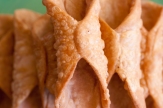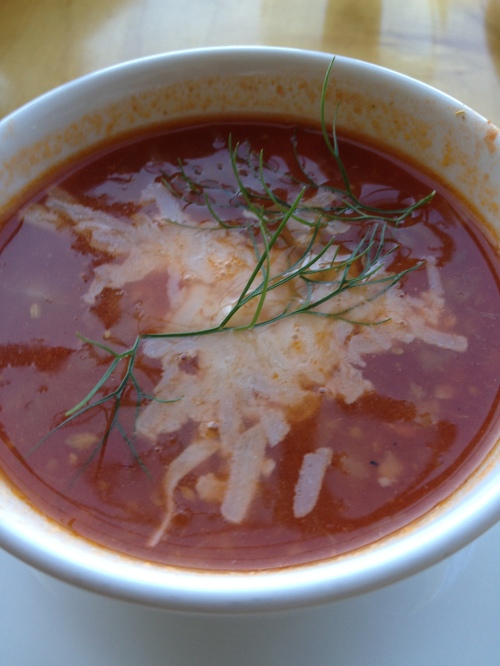A fish fry is one of the great traditions of the entire South, but nowhere is it more on display than in East Texas and nearby Louisiana and Arkansas. The corners of these three states are so akin to one another that residents of the region call it the ArkLaTex. If you use that name, everyone knows where you live, and everyone knows what you think is important in life. Years ago we lived in Shreveport where one of the favorite eating haunts was the Cypress Inn. This huge, ramshackle place sat on the banks of the Cypress Bayou and though they had a lot of choices on the menu, nobody ever went there except to eat their fried catfish dinner complete with hush puppies.
The hush puppies were golden balls of melt-in-your mouth goodness – crispy outside, creamy inside of cornbread and chopped onions. Now, you may have had the eraser-shaped hush puppies in one of the big “country-style” chain restaurants, but those are a pale, tasteless copy of the real thing. The Cypress Inn had the real thing, and you could make a whole meal of hush puppies alone.
The catfish was equally delicious with a golden, crunchy outside of cornmeal crust and the flavorful tender catfish inside.
Catfish, especially those caught from a lake or bayou can have a muddy taste to them. These days, though, most are farmed in huge tanks or ponds. Still, it’s worth using an old trick that locals swore by to get rid of the muddy taste. A good soak in buttermilk is supposed to brighten the taste of the catfish, and I do belive that it works. That soak is part of the method of this recipe.
The other parts of the Cypress Inn meal were the hand-cut cole slaw and the fresh cobbler, apple or peach depending on the season. You probably have your own favorite recipes for these, but you definitely need to have some slaw, tartar or cocktail sauce, and fruit cobbler handy when you sit down to enjoy fried catfish with hush puppies.
RECIPES
Fried Catfish
Ingredients
- 4 catfish fillets, skin and bones removed, about 4-6 ounces each
- 1½ cups buttermilk
- 1 cup flour
- 1 tablespoon Old Bay seasoning
- 1 tablespoon paprika
- 2 teaspoons salt
- 1 teaspoon ground black pepper
- 1 cup yellow cornmeal
- vegetable oil for frying
Method
- In a shallow pan or plate, cover the catfish fillets with buttermilk. Cover with plastic wrap and refrigerate for at least 4 hours or overnight.
- In another pan or plate, combine the flour, seasoning, paprika, salt and pepper.
- Fill another pan or plate with the cornmeal
- When you are ready to fry the catfish, remove the buttermilk-soaked fillets from the refrigerator and transfer to the plate with the flour mixture, letting any excess buttermilk drain from the fillets. Turn each fillet in the mixture so it is completely coated with the flour mixture.
- Then transfer the coated fillets to the cornmeal, again turning them so they are completely coated with the cornmeal
- Fry the fillets, one at a time or in batches in a deep pan with about 2 inches of vegetable oil pre-heated to 350⁰F (177°C), turning them over so that both sides are golden brown and crispy.
- Drain on paper towels and serve immediately while still hot.
Hush Puppies
Ingredients
- 1½ cups yellow cornmeal
- ½ cup flour
- 1 teaspoon baking powder
- ½ teaspoon baking soda
- 1 teaspoon salt
- ¼ cup scallions, green tops only, chopped very finely
- 1 cup buttermilk
- 1 large egg, beaten
- vegetable oil for frying
Method
- Stir together the cornmeal, flour, baking powder, baking soda and salt so that they are completely mixed
- Add the chopped scallions, buttermilk, and beaten egg. Mix so that they are thoroughly combined.
- By spoonfuls, drop the mixture into a deep pan with about 2 inches of vegetable oil that has been heated to 350⁰F (177°C), turning until the hush puppies are golden brown on all sides.
- Drain on paper towels and serve while still hot. Makes about 30 hush puppies.














































































